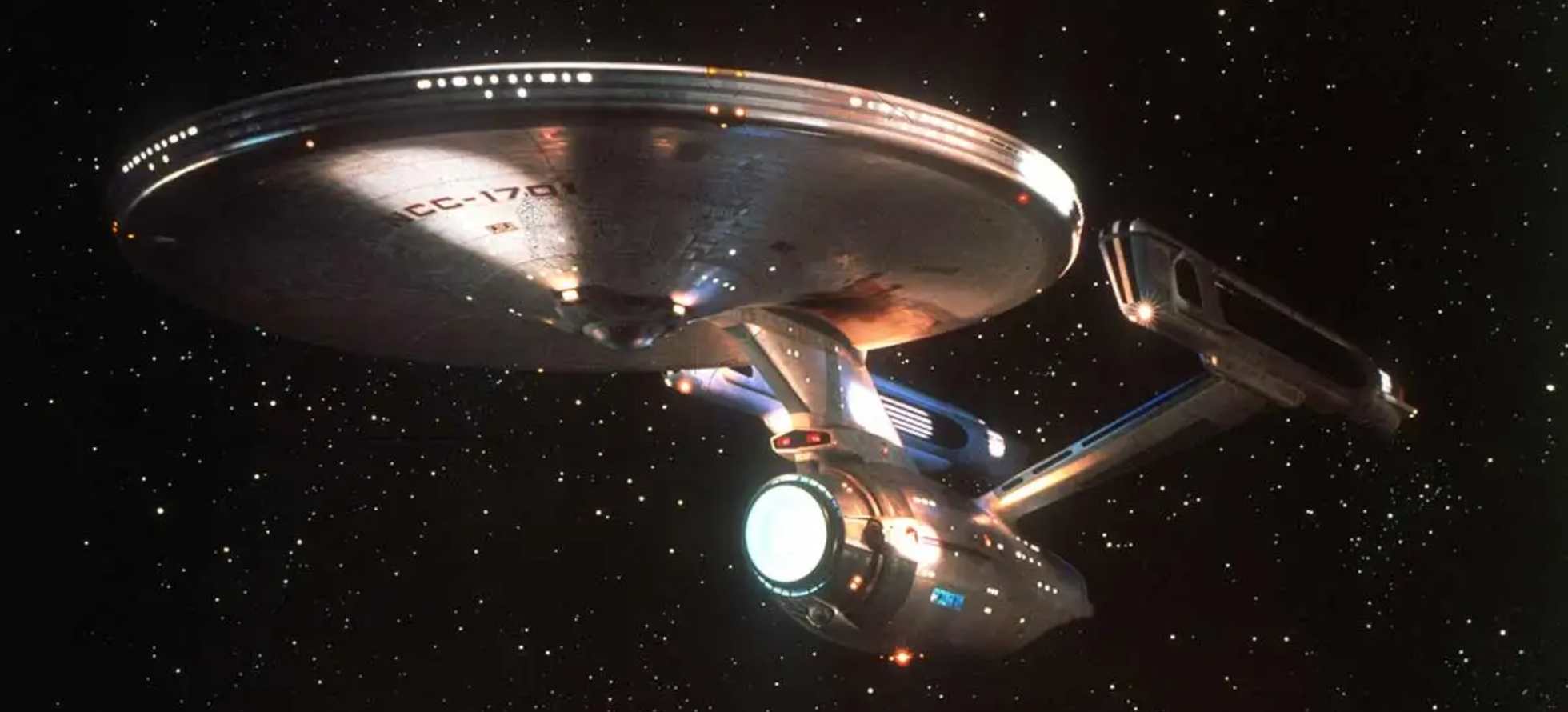The dream of zipping across the galaxy at impossible speeds may be inching closer to reality, as scientists take a fresh look at one of science fiction’s most iconic concepts.
For decades, the warp drive existed purely in the imaginative realm of Star Trek and similar stories. It is a fanciful plot device that allowed starships to traverse vast cosmic distances in the blink of an eye. But recent theoretical work suggests that what once seemed like pure fantasy might have a foothold in legitimate physics after all.
The concept centers on a “warp bubble” that could theoretically propel a spacecraft through space by manipulating the fabric of spacetime itself, all without breaking the laws of relativity. Rather than pushing through space at impossible velocities, the ship would ride a wave created by contracting space in front of it and expanding space behind it.
This revolutionary idea was first formalized by physicist Miguel Alcubierre in 1994. His mathematical model demonstrated how such faster-than-light motion could theoretically work. There was just one enormous catch: it required massive amounts of “negative energy” on a scale comparable to an entire star. That requirement seemed to slam the door shut on any practical application.
But the story didn’t end there. In 2021, astrophysicists Alexey Bobrick and Gianni Martire decided to revisit Alcubierre’s work with fresh eyes. According to National Geographic, their new approach proposed a version of the warp drive that would eliminate the need for negative energy altogether.
Before anyone gets too excited about booking interstellar vacations, there are significant limitations. The revised design would only allow for speeds slower than light, disappointing for those hoping to replicate the Enterprise’s dramatic jumps to distant star systems. Additionally, such a device would still demand enormous amounts of power to operate.
Still, the shift from “absolutely impossible” to “theoretically conceivable but extremely challenging” represents meaningful progress. It’s a reminder that the boundaries between science fiction and science fact are sometimes more permeable than we assume.
This reassessment of faster-than-light travel is just one example of how speculative ideas are being subjected to serious scientific scrutiny. Other recent studies have explored equally mind-bending territory, from claims about non-human genetic material to breakthroughs in gene editing that could dramatically alter animal behavior.
Whether humanity will ever actually build a functioning warp drive remains an open question. But the fact that serious researchers are wrestling with the physics suggests we shouldn’t be too quick to dismiss even our wildest cosmic ambitions.


